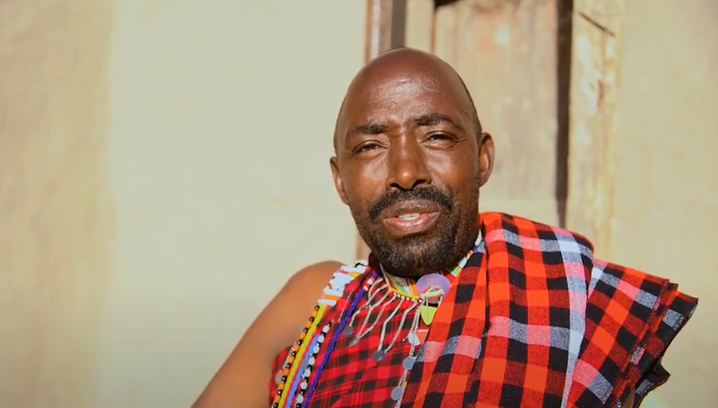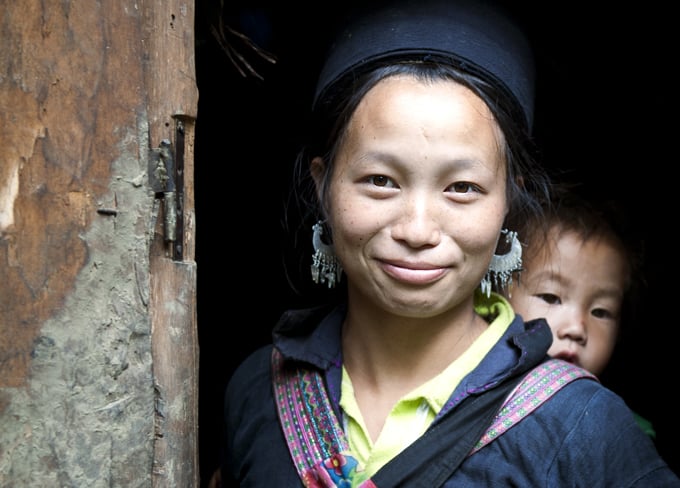Minorities and indigenous peoples with disabilities in Nepal
-
The situation for persons with disabilities in Nepal has improved in recent years in the wake of the civil conflict, with a range of legislative provisions to support their inclusion. This included the 2017 Disability Rights Act, which represented a significant step forward, affirming the rights of persons with disabilities to equality and access to health, education and employment. Nevertheless, significant disparities between persons with disabilities and other Nepalis persist, reflected in limited access to schooling, medical care and employment. The situation is particularly difficult for women, children and other groups which face multiple discrimination on the basis of their identity as well as their disability.
-
For minority and indigenous persons with disabilities in Nepal, the challenges are even more acute: in their case, the risks of physical inaccessibility, social stigma and related issues such as discrimination in employment opportunities are heightened by racism. Furthermore, minority and indigenous women with disabilities may be confronted with added barriers around gender, including not only the threat of violence and abuse from non-indigenous groups but also restrictive roles and expectations within their own communities.
-
There are many factors that contribute to the high levels of disability among minorities such as Dalits and indigenous peoples as well as other marginalised communities living in rural areas of Nepal. Besides facing an increased exposure to risks such as environmental degradation, climate change impacts, natural disasters, conflict, violence, dangerous working conditions and accidents including in foreign employment, they also experience higher poverty levels, lower standards of health care, inadequate nutrition and a lack of suitable rehabilitation services, meaning that in the event of an accident or a debilitating illness they are less likely to recover from its effects.
This was especially evident in the wake of the 2015 earthquake that devastated significant areas of Nepal, with reports of Dalits and indigenous communities being sidelined from emergency relief. This reflected a broader context of exclusion from public life: a survey undertaken for the United Nations Development Programme after the earthquake found that 81 per cent of indigenous persons with disabilities and 61.6 per cent of Dalit persons with disabilities stated that they had ‘inadequate or poor’ access to public facilities, compared to 42.2 per cent among persons with disabilities belonging to other ethnic or caste groups.
In Nepal, perhaps the greatest obstacle to securing the assistive technologies that could change their lives is deep-seated prejudice. These occur at every level and span a range of barriers, including lack of access to information, administrative hurdles, geographic isolation and unaffordability. Equally significant, however, is the fact that many technologies are socially and culturally inappropriate for the particular needs of minority and indigenous communities.
More broadly, minorities such as Dalits and indigenous peoples may also encounter cultural, attitudinal and structural barriers in accessing assistive devices or disability services. Indifference and poor treatment of minority and indigenous communities in Nepal are commonplace, though rarely discussed openly. The power dynamics become ubiquitous and this applies at all levels, even within some mainstream disability organizations, where persons with disabilities from majority groups may deny or minimize the issues faced by persons with disabilities belonging to minorities or indigenous peoples.
Furthermore, what aids are available are often not suited to the environment in which minority and indigenous communities live. Disability equipment often has very low durability and can be difficult to repair locally, so most people living in rural areas use assistive devices that are locally made. Very few homes are accessible for persons with disabilities, which leaves them completely dependent on family members. This increases their social, political and economic marginalization and limits their access to necessary and appropriate support and services.
Language availability can be another significant factor. Those assistive technologies that are available generally feature only in mainstream or majority languages, meaning that even if these services are provided to indigenous communities, they are unable to use them since most do not speak Nepali. Though many visually impaired persons belonging to indigenous communities in Nepal are now looking for ways to exploit these technologies, while they remain unavailable in their own languages there is a danger that they will become yet another area of their lives where they are forced to assimilate to the cultural and linguistic context of the majority population.
Ways forward
There is currently a dearth of information, a lack of documentation and limited debate on the role of information and communication technologies (ICTs) to ensure the full inclusion of persons with disabilities belonging to minorities or indigenous peoples in Nepal. A fully multiple and intersectional lens related to caste, ethnicity, religion, geography and class has still to be discussed or applied to different aspects of health, employment, technology and other services. Most available research studies and reports do not reflect intersectional perspectives.
In its 2018 Concluding Observations on Nepal, the UN Committee on the Rights of Persons with Disabilities (CRPD) urged that the government ‘strengthen measures, including public procurement, to grant access for all persons with disabilities… to information and communications technologies, and to low-cost software and assistive devices.’ The CRPD also emphasized the importance of inclusion to engage in education and livelihood activities, for instance by granting access to affordable mobility aids and assistive devices, technologies and services necessary for the unrestricted personal mobility of all persons with disabilities, including those living in rural areas, and belonging to minorities and indigenous peoples.
Usefully, the CRPD directly addressed issues pertaining to situations of risk and humanitarian emergencies, where the government should adopt ‘an accessible communication strategy (including hotlines, a text message warning application and general manuals in sign language and Braille) and a comprehensive emergency strategy and protocols for situations of disaster and risk.’ Throughout, the CRPD emphasized the importance of consultation with persons with disabilities through their representative organizations. These Concluding Observations have opened up avenues and opportunities for both stakeholders to demand and duty bearers to ensure the comprehensive provision of suitable ICTs for all persons with disabilities, including those belonging to minority and indigenous communities.
Equally important, however, is the dynamic role that civil society organizations representing minority and indigenous persons with disabilities have played in ensuring these issues have become increasingly visible in Nepal and internationally. Their continued vitality and engagement with a broad range of stakeholders, communicating the intersectional challenges these groups face both on account of their disabilities and their minority or indigenous identity, will be essential to securing lasting progress and an end to the discrimination they face.
Updated December 2020
Related content
Latest
-

22 February 2024
Empowering Voices: Advocating for indigenous people with disabilities worldwide
This key document discusses the challenges faced by indigenous people with disabilities.
-

15 February 2024
Who can participate in the fight for minority and indigenous rights?
To change your situation, you need to know what your rights are. But the world of human rights and its complex ecosystem of reports,…
Minority stories
-

25 February 2016
Life at the Margins: The Challenges of Multiple Discrimination
Minorities and indigenous peoples, already marginalised, face further challenges on account of other aspects of their identity – their age, gender, livelihood, disabilities, sexuality or gender identity.
- East Africa
- Discrimination
- Minority stories
-
Our strategy
We work with ethnic, religious and linguistic minorities, and indigenous peoples to secure their rights and promote understanding between communities.
-
-